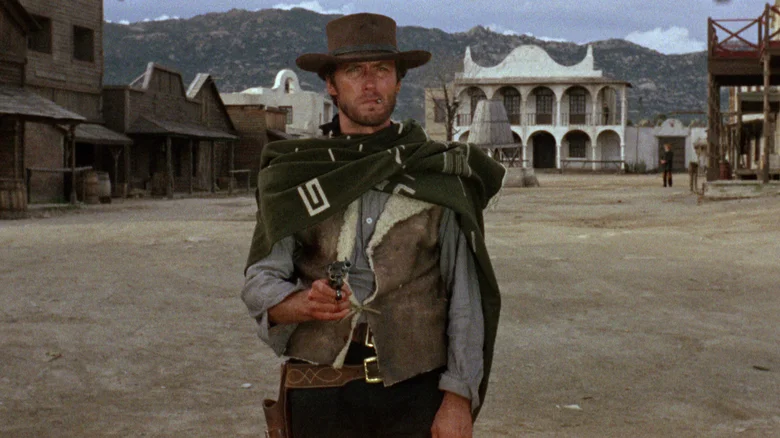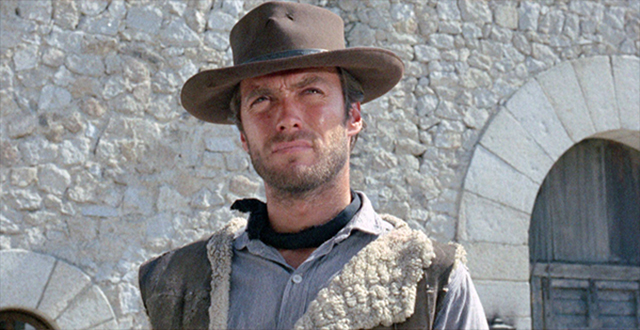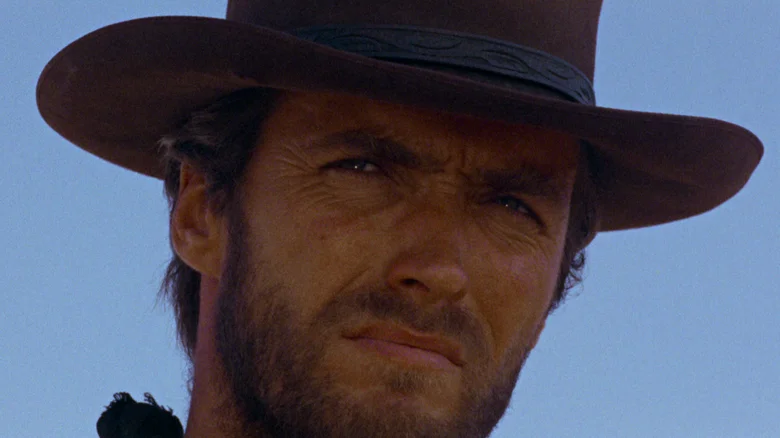It’s odd to think that there was a time when Clint Eastwood was just a jobbing actor and not the Hollywood legend we know him to be. As an actor and a director, the man has had a career that anyone looking for success in the film industry would envy, being able to make whatever he wanted to make consistently for decades.
Though he’s tackled crime stories, romantic melodramas, biopics, and just about everything else you could in the business, we all know Clint Eastwood’s bread and butter is the Western, the genre that rocketed him to stardom in the 1960s with the release of Sergio Leone’s classic Spaghetti Western “Dollars” trilogy, all three of which hit American movie screens in 1967.
Prior to heading over to Italy to take on the Man with No Name character, Eastwood was the co-star of the television series “Rawhide” for eight years, and during the time the show aired, he didn’t make a movie. He was a TV person, and at that time, TV people did not cross over to movies.

Heading over to Spain to make “A Fistful of Dollars” was the only way Eastwood was going to get a substantial film role. But that doesn’t mean he was the first choice to play the role. Naturally, Leone wanted someone who actually was in movies, which is why actor Rory Calhoun was who he had his sights set on.
Calhoun isn’t a name a lot of people have heard of, but back in the 1950s, he was starring in tons of Western programs like “The Silver Whip” and “The Yellow Tomahawk.” He was also the star of Leone’s first film “The Colossus of Rhodes.” So, why didn’t that reunion occur? It all came down to money.
‘Because I was cheap’
The production budget for “A Fistful of Dollars” was reportedly around $200,000. Even in the early 1960s, that was an incredibly low budget for a feature film. Rory Calhoun may not be the biggest name, particularly at the waning stages of his fame at the time, but he still commanded a decent sum of money. Clint Eastwood, who hadn’t received a film salary since 1958, most certainly didn’t. Speaking with The Independent back in 2009, Eastwood admitted that was exactly why he was cast, plainly stating, “Because I was cheap.”

Eastwood wasn’t exactly thrilled to be stuck in the Western mold, but his admiration for Akira Kurosawa’s “Yojimbo” — on which the film was based though not officially credited — made him think the film could actually be something good. He went on to say:
“I was doing a TV series, ‘Rawhide,’ and I’d been doing it for quite a few seasons … I didn’t necessarily want to do a Western on a hiatus period, but I thought it seemed like a nice thing to do. Especially because ‘Yojimbo,’ when I first saw it back in the fifties, I thought of as a great Western screenplay. I thought nobody would have the nerve to do it that way. But, fortunately, Sergio Leone did.”
Not to correct Clint, but “Yojimbo” came out in 1961. And because none of the films in Leone’s trilogy weren’t American productions, their release in the U.S. took time. Ultimately, they all got released in 1967 after being released in Italy from 1964 to 1966. By then, “Rawhide” had been off the air for a couple of years. Audiences got to see Eastwood in a fresh, exciting way on the big screen, and each film made more money than the last. By the next year, he was headlining “Hang ‘Em High,” and the rest is history.
